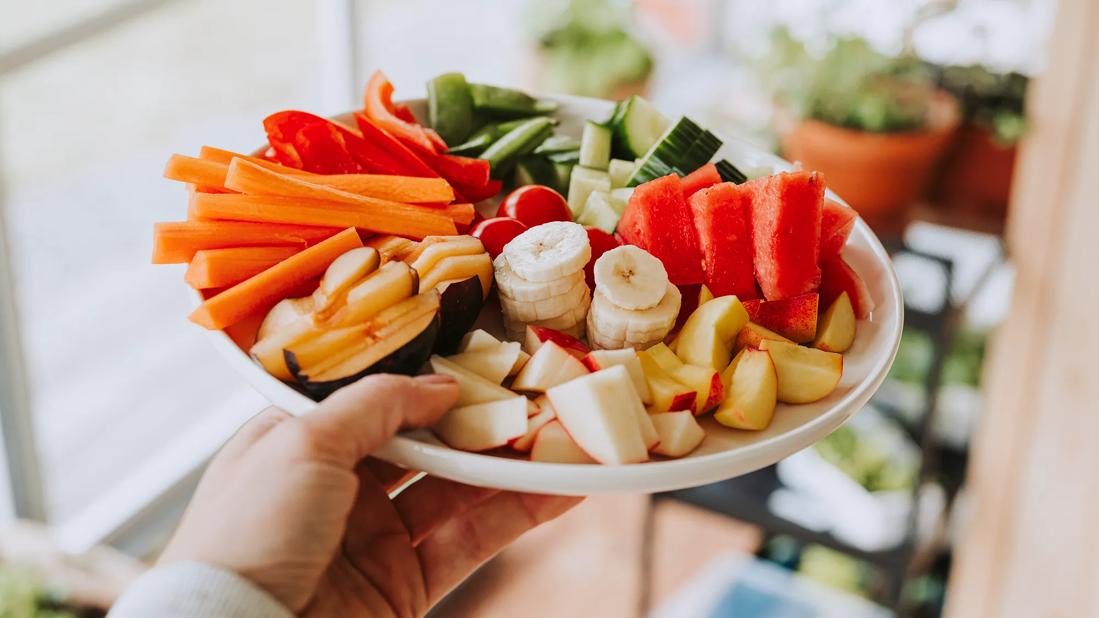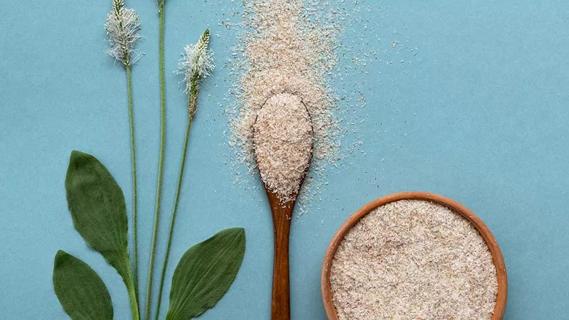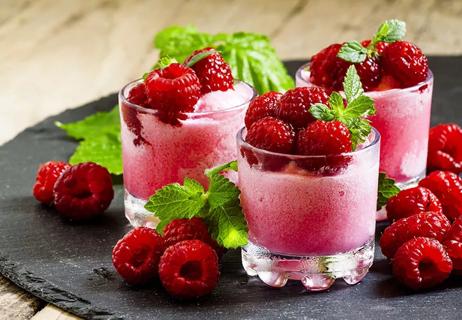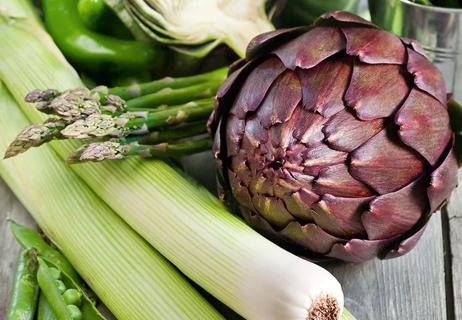This carbohydrate helps you avoid constipation, stabilize blood sugar, lower cholesterol and stay fuller longer

If thinking about fiber calls to mind sad, bland bran flakes and, well, pooping a lot, it’s time to rewrite the narrative. Fiber is a critical element of a healthy diet. And it does all kinds of important things for your body, including but certainly not limited to, keeping you regular.
Advertisement
Cleveland Clinic is a non-profit academic medical center. Advertising on our site helps support our mission. We do not endorse non-Cleveland Clinic products or services. Policy
So, what all does fiber do? Registered dietitian Beth Czerwony, RD, LD, explains.
“Fiber is a type of carbohydrate that your body can’t break down,” says Czerwony. And while that sounds like it could be a bad thing, fiber is actually something your body really needs.
There are two types of fiber: soluble and insoluble (or non-soluble). They serve similar but slightly different functions in your body and can be found in a variety of foods. Here’s how they work.
Nutrition experts rave about fiber — and for good reason. Here are the ways fiber benefits your body.
The bad news? Your digestive system can be finicky. You may experience diarrhea one day, constipation the next day. And you may have been diagnosed with irritable bowel syndrome (IBS).
Advertisement
The good news? Fiber can help keep things moving along your digestive system, keeping your bowel movements more regular. Fiber bulks up and softens your poop, which makes it easier to go to the bathroom.
A diet high in fiber can help lower your LDL (“bad”) cholesterol, especially foods with soluble fiber, which may stop your body from absorbing the bad cholesterol you eat in other foods.
“Soluble fiber binds with cholesterol and bile acids in the digestive tract, preventing it from being absorbed into the bloodstream,” shares Czerwony.
If you have prediabetes or diabetes, your healthcare provider will more than likely talk to you about the importance of fiber. And the reason? Fiber slows down how quickly your body digests food, as well as its glucose absorption.
“Soluble fiber slows down how fast the stomach digests, allowing small bursts of energy to be released into the bloodstream, which allows the body to process it slowly,” explains Czerwony. “Soluble fiber also turns into a gel-like substance in the GI tract, which slows down the digestion of carbohydrates.”
“Research shows that in countries where people consume high amounts of fiber in their diets, the overall rates of chronic disease are low,” Czerwony notes.
Fiber may lower your risk of:
A high-fiber diet keeps you feeling fuller for longer, which is linked to lower body weight and aids in weight management. In fact, soluble fiber reduces your body’s capability to absorb fat, while insoluble fiber helps your body process water more efficiently.
“Fiber can be helpful in weight management by promoting a feeling of fullness sooner and longer, allowing you to eat less and less often,” says Czerwony. “Regulation of blood sugars also helps reduce appetite.”
For most of us, it’s important to add more fiber to our diets. It’s best to get your fiber from the foods you eat (known as dietary fiber), but you may want to consider adding a fiber supplement.
Regardless of where you get your fiber, Czerwony stresses the importance of taking it slow.
“Add in fiber slowly — if added too quickly, you can either have GI issues like bloating, gas or diarrhea until your gut microbiome is adjusted,” she warns.
Advertisement
Learn more about our editorial process.
Advertisement

Most adults aren’t getting enough of the essential nutrient

Choose foods that are easily broken down in your digestive system, like fruits and vegetables without skins or seeds

This spiny sea veggie may help your heart, gut, immune system and more

The fiber supplement can help ease constipation, manage diabetes and lower LDL cholesterol

In a world of confusing choices, your healthcare provider can be your best resource

10 delicious dishes with 10+ grams of fiber per serving

From blackberries to barley, healthy high-fiber foods are plentiful

This prebiotic is found in a lot of foods that you probably already eat

Babies can get congested easily, but you can calm their cough by keeping them hydrated, using nasal drops and running a humidifier

Weight loss may cause loose, sagging skin and muscle loss to your rear

Several conditions, like vitiligo and fungal infection, can cause a loss of pigmentation, leading to white spots or patches on your skin